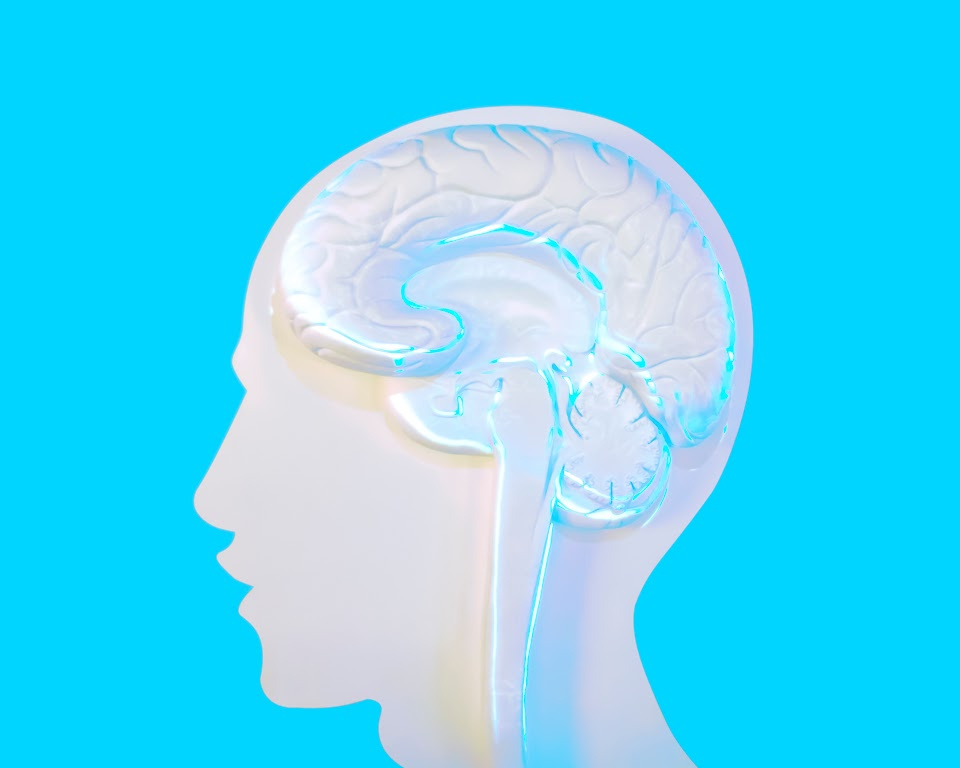It's crucial to know that students with autism and ADHD need special study strategies. Autism…

Pseudo Autism Explained: Understanding the Basics
In the world of developmental disorders, there is a condition known as pseudo autism. It looks a lot like typical autism behaviors and challenges. But understanding it means looking closely at where it comes from, its signs, and how it’s diagnosed.
Knowing the details is key for those who help and support individuals with these conditions. As care and treatment get better, this knowledge becomes even more important.
Defining Pseudo Autism: Clarity Amidst Complexity
Talking about defining pseudo autism helps us understand a complex idea that’s relatively new. It’s a nuanced term, often misunderstood in autism spectrum disorder conversations. It’s important to know the context of pseudo autism in both scientific studies and everyday talks.
Origins of the Pseudo Autism Concept
The origins of pseudo autism reveal a mix of science and clinical findings. Studies, like those on rhesus macaques’ behavior, have been key. They lay the groundwork for research into behavioral conditions similar to autism. Factors such as population traits and genetic information are crucial for grasping pseudo autism.
Key Characteristics Differentiating Pseudo Autism from Autism
Understanding the characteristics of pseudo autism means spotting what makes it unique. Unlike autism, pseudo autism shows behaviors that look similar but are different upon a closer look. By analyzing behaviors related to social ranks and groups, we’ve found patterns that define pseudo autism. These factors help tell it apart from diagnosed autism spectrum disorders.
Clinical Observations and Diagnostic Challenges
Clinical observations of pseudo autism reveal the difficult task of diagnosing and telling it apart from other conditions. Studies on macaques’ brains, similar to humans, help in understanding its diagnosis challenges. Exploring connections between brain activity and symptoms offers deep insights into its complexities. It’s crucial to diagnose accurately due to the risks of getting it wrong.
In conclusion, understanding pseudo autism opens the door to recognizing behavioral health’s diversity. By exploring its origins, traits, and clinical observations, we aim to see beyond just labels. This helps us provide better support to those living with these conditions.
What is Pseudo Autism?
The term pseudo autism refers to behaviors and challenges that look like Autism Spectrum Disorder (ASD), but have different causes. These can include difficulty in socializing, communicating, and certain behaviors. However, unlike ASD, which is noticeable from a young age, pseudo autism might come from different places. This includes environmental impacts or conditions that look like autism, which can lead to wrong diagnoses.
Understanding the difference between pseudo autism vs autism is crucial. ASD’s symptoms vary and are usually seen early. But, pseudo autism might come from certain genetic issues, like the 22q11.2 deletion syndrome. In cases like these, up to half the kids were incorrectly thought to have autism. This shows why it’s so important to examine pseudo autism explained deeply, using various experts, to find out what’s really going on and how to help properly.
When we dive into “what is pseudo autism,” we notice that not all symptoms that look like ASD are unique to it. Problems with processing what we sense or being overly fixated on something might have other causes, like psychological issues or exposure to lead. Figuring out these challenges means looking deeper than the obvious symptoms. It needs a full look at medical and development history to tell apart pseudo autism from actual autism spectrum disorders. With the right diagnosis, a person can get the help they truly need, avoiding the wrong label of autism and getting the most effective support.
FAQ
What is pseudo autism?
Pseudo autism looks like autism but isn’t autism. It shares similar traits but differs in diagnosis and treatment. Knowing these differences is key for proper care.
What are the symptoms of pseudo autism?
People with pseudo autism might have trouble with social communication, show repetitive behaviors, and be sensitive to sensory input. But, a detailed check-up is crucial to tell it apart from true autism.
How can pseudo autism be distinguished from autism?
To tell pseudo autism from autism, we must look at their causes and how they are treated. Even if they seem alike, the reasons behind them and how we help are not the same. A deep assessment is vital for telling them apart.
How does pseudo autism present in adults?
Adults with pseudo autism face challenges similar to what kids do. They may find social situations tough and have specific habits they repeat. It’s important to understand the root cause and get the right diagnosis from a doctor.
What are the causes of pseudo autism?
The reasons behind pseudo autism can include both genetics and the environment around us. Finding out exactly why it happens means doing a lot of checks and tests.
How is pseudo autism treated?
Treatment for pseudo autism is tailored to each person. It looks at what they specifically struggle with. The help given may range from therapy and schooling to community support, based on their needs.
Source Links
- https://www.ncbi.nlm.nih.gov/pmc/articles/PMC6269376/
- https://www.nature.com/articles/s41598-021-90304-5
- https://www.ncbi.nlm.nih.gov/pmc/articles/PMC5346296/
- https://www.ncbi.nlm.nih.gov/pmc/articles/PMC5532604/
- https://www.nature.com/articles/s41386-022-01485-0
- https://www.bookey.app/book/autism’s-false-prophets
- https://www.webmd.com/brain/autism/autism-similar-conditions



This Post Has 0 Comments